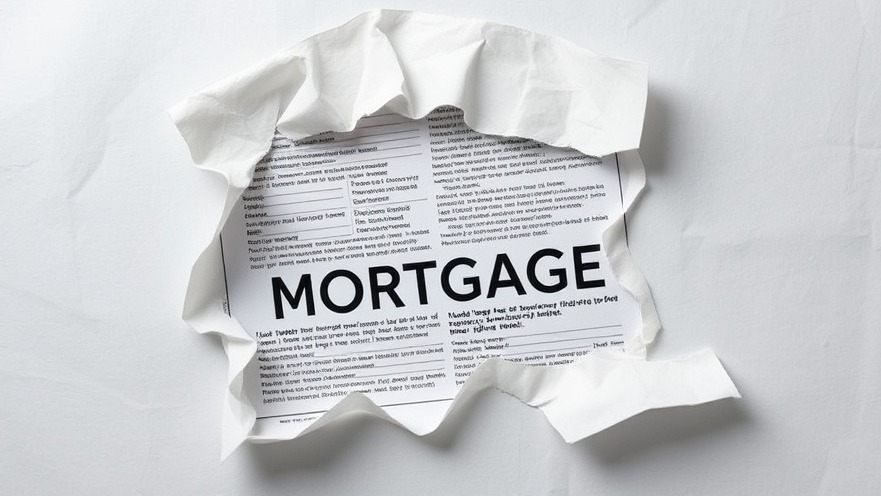
Understanding the Landscape of UK Mortgages
In the UK, the landscape of mortgages has undergone significant transformations, especially following the Great Financial Crisis (GFC) of 2007-09. The financial practices leading up to the GFC—characterized by self-certification loans and 110% mortgages—resulted in a tightening of regulations. During the GFC, while property values in the US plummeted, the UK market showed resilience, albeit with sluggish growth post-crisis due to stringent lending parameters.
Today, the post-GFC environment, marked by rigorous 'stress tests' for borrowers, has led to mortgage volumes that remain below pre-crisis levels. Coupled with ongoing challenges such as Brexit-related uncertainties, the Covid pandemic, and low interest rates, lenders have been cautious, impacting accessibility for potential homebuyers.
Could Easing Regulations Spark Growth?
Amidst calls for renewed vigor in the housing market, some experts are advocating for a moderate easing of regulation to stimulate lending and thereby, home buying. The current government’s focus on infrastructure and planning reforms aims to deliver 1.5 million new homes. However, without easing entry for borrowers, the new homes may not lead to sales, maintaining the stagnation in the property market. Adjusted for inflation, UK house prices have remained stagnant for over 15 years, raising questions about affordability and market dynamics.
Implications for Financial Institutions
For financial institutions and service providers, the potential for looser lending regulations could create new opportunities in the market. With government interventions aimed at boosting home ownership and market health, understanding the balance between prudent lending and stimulating demand will be critical. As the Labour party pursues its housing goals, the partnership between regulators and lenders could redefine the UK mortgage landscape over the coming years.
 Add Row
Add Row  Add
Add 



 Add Row
Add Row  Add
Add 


Write A Comment